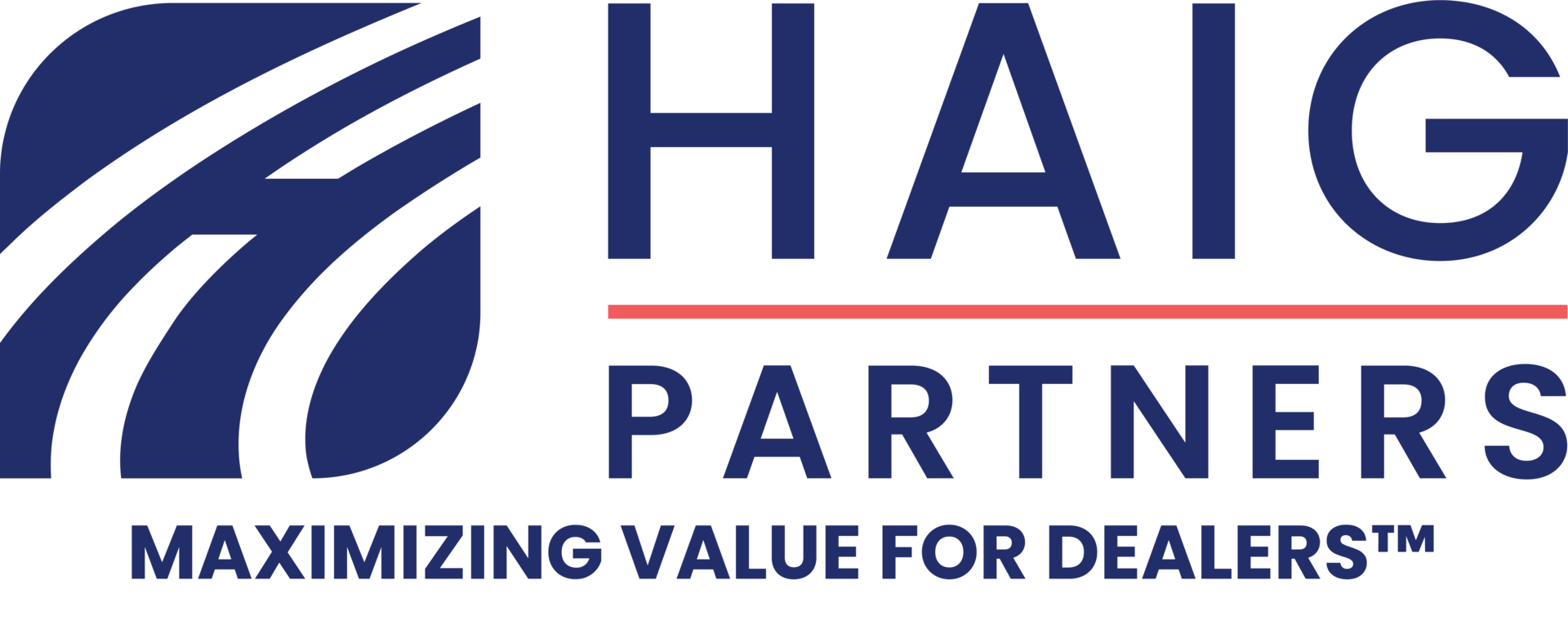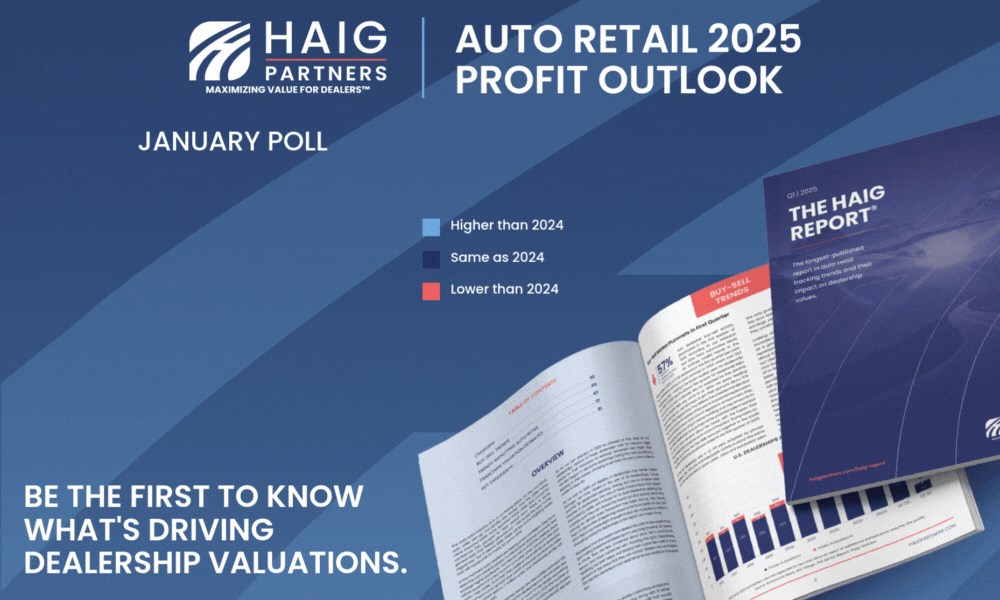Identity theft in auto lending averaged 3.3% in the first half of 2025, including a brief spike to 5.5% in May amid coordinated attacks on select lenders.
The details: According to a new report released by SentiLink, the identity theft surge was brought on by targeted campaigns exploiting certain lender underwriting criteria and dealer channels.
Per the report, the top commonalities between cases of identity in auto lending include unusual phone geography, mismatched phone or email data, suspicious email domains, and risky carriers.
But auto lenders and retailers must also consider synthetic identity fraud (where fake or partially fabricated identities are used). Luckily, the rate of this type of fraud declined to 0.8% in the first half.
Why it matters: Auto lending fraud often originates through dealer-assisted or online app flows where phone/email changes and document forgeries occur. Which means, there is a growing need for dealers and lenders to strengthen front-end verification in real time (especially around digital contact history and SSN authenticity).
Between the lines: Synthetic fraud in auto lending ranks among the highest outside telecom, likely due to the industry’s high-value, financeable assets.
The peak timing for fraud is between midnight – 6 a.m. ET, indicating overseas or after-hours submission patterns.
Geographic clusters like Florida, Southern California, the New York metro area are recurrent synthetic-fraud hotspots, and also overlap with major auto-finance markets.

OUTSMART THE CAR MARKET IN 5 MINUTES A WEEK
No-BS insights, built for car dealers. Free, fast, and trusted by 55,000+ car dealers.
Case in point: A major Miami auto-theft and fraud ring (implicating 18 SentiLink partners and resulting in the loss of 700 vehicles worth roughly $40 million) demonstrates the scale and sophistication of coordinated attacks.
The group recruited “mules” to purchase vehicles from multiple lenders, laundered titles through corrupt DMV contacts, and then exported or leased the cars through luxury rental fronts.
Some members also engaged in related bank account and credit fraud schemes, revealing multi-vector operations.
Certain dealership employees were found complicit, with social-media posts showing vehicles and even private jet or helicopter rentals tied to ring members.
Digging deeper: Fraud tactics are evolving rapidly, from email “priming” to deepfake-enabled identity verification bypasses.
Fraudsters increasingly “warm up” stolen IDs by applying for credit-builder services, creating legitimate-looking digital footprints before targeting auto lenders.
AI-generated videos are now being used to defeat liveness or video-ID checks at banks and fintechs, extending the threat to auto finance.
Bottom line: The rise of deepfake AI, digital “warming” schemes, and sophisticated theft rings underscores that fraudsters are evolving as fast as lenders can respond, making real-time, cross-industry fraud intelligence and dealer-level vigilance the next crucial defense in auto retail.
A quick word from our partner
Want insider knowledge on today’s auto retail trends?
The Haig Report® is the industry’s longest-published, most-trusted quarterly resource on dealership values. Since 2014, it has delivered insights on performance, market shifts, and franchise desirability—helping leaders spot opportunities and risks.
Each edition includes exclusive insights on valuation trends, brand outlooks, and blue sky values.
Looking to grow your portfolio or explore investments? Join our exclusive buyer and investor database at haigpartners.com/buyerdatabase.












